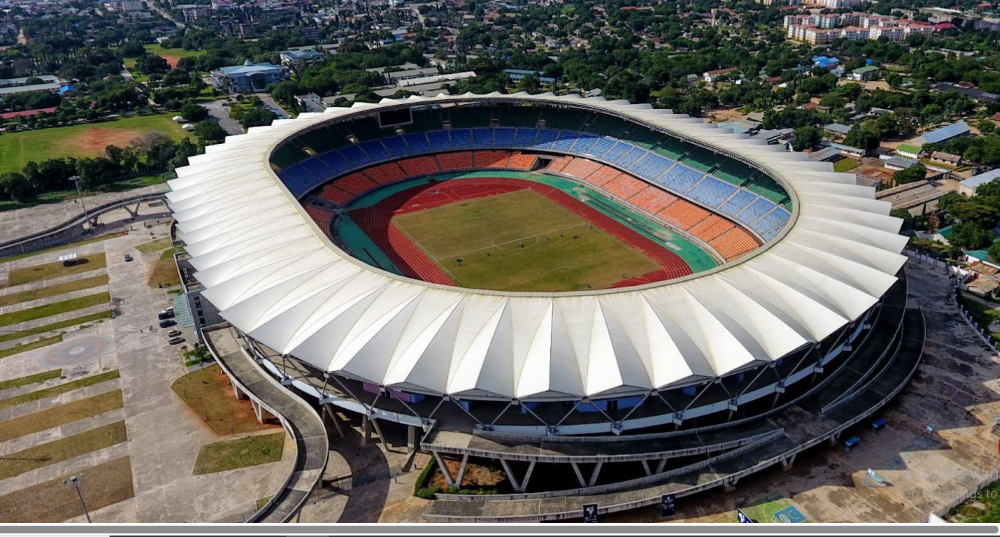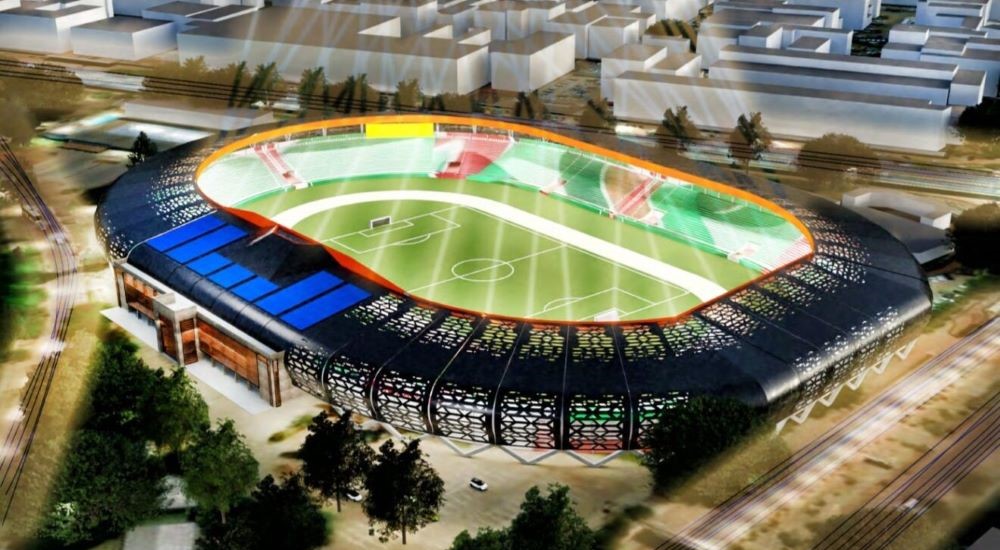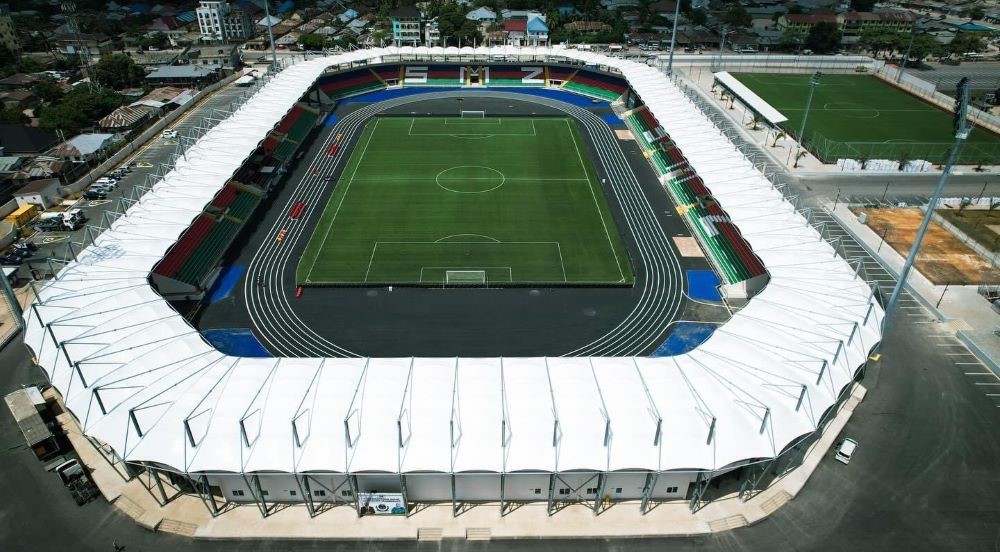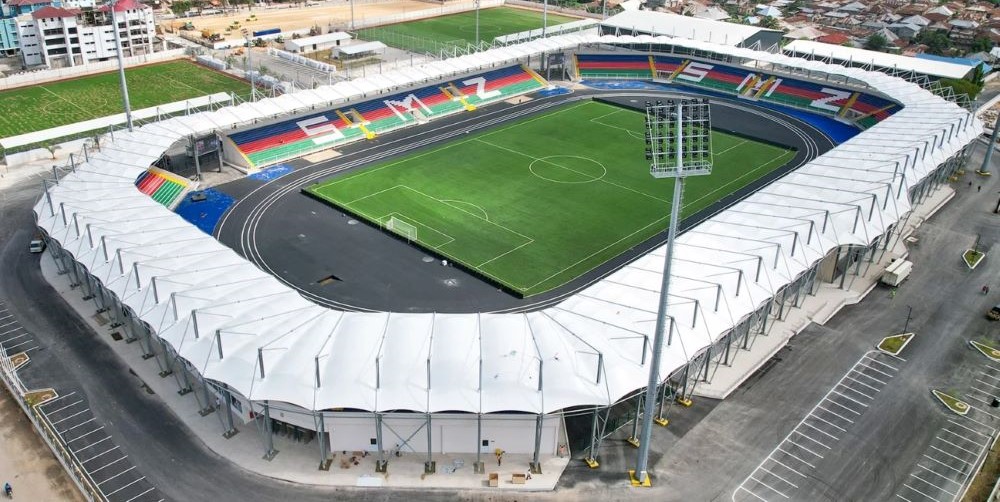The 2024 African Nations Championship (CHAN) has brought more to East Africa than thrilling football fixtures. In all the three host nations, the tournament has been a catalyst for an unprecedented wave of stadium upgrades, urban planning projects, and fresh thinking about the role of sports in regional development.
While the footballers battle it out on the pitch, the real story unfolding is one of infrastructure, investment, and the vision of sports tourism as a new economic frontier.
CHAN, reserved exclusively for home-based African players, has historically been an opportunity for domestic leagues to showcase their best talent. This year, however, the stakes are higher.
For the first time, the competition is being co-hosted by three nations, demanding not just organizational coordination but also strict compliance with CAF’s international standards. From construction schedules to cross-border inspections, East Africa’s hosting bid has tested regional cooperation like never before.
Kenya’s preparations have been the most capital-intensive, with a transformation of Kasarani and Nyayo Stadiums and the promise of Talanta Stadium, a 60,000-seat multi-sport arena at the heart of a planned “Talanta Sports City.”
Beyond the hybrid pitch and LED floodlights, the Sports City concept represents a broader ambition to integrate training grounds, athlete housing, hotels, and conference spaces into a year-round hub for both sport and business.
Such planning aims to avoid the “white elephant syndrome” that has haunted other African mega-venues once tournaments concluded.

In Uganda’s case, the long-closed Mandela National Stadium, commonly known as Namboole, finally reopened after years of failed CAF inspections. Its renovation, supported through a mix of government and private funding, has introduced new seating, modern broadcast facilities, and upgraded medical and player services.
For the country, this signals a return to the continental hosting map and a chance to diversify Namboole into a multi-sport and events arena that will outlive CHAN’s immediate buzz.
Tanzania, with its already-impressive Benjamin Mkapa Stadium, has invested in complementary upgrades while also building the new Samia Suluhu Hassan Stadium.
The country has tied these investments directly to its wider sports-tourism plan, marketing CHAN as not just a football spectacle but also a gateway to its beaches, safaris, and MICE (Meetings, Incentives, Conferences, and Exhibitions) industry.
By coupling infrastructure upgrades with tourism branding, Tanzania is setting an example of how sports can drive multiple economic sectors simultaneously.
But infrastructure is only half the story. The real question is whether these stadiums can be transformed into living assets for the region’s future. Kenya Football Federation official Michael Senelwa has been clear on this point.
“These facilities are an investment in positioning East Africa as a serious contender for bigger tournaments like AFCON. That investment, however, requires more than concrete and floodlights. It demands a strategy to embed these venues into the everyday sporting life of their nations,”
Sports economist Isaac Yegon underscores this view, arguing that legacy depends on connecting stadiums to grassroots talent and urban planning.
“If managed well, these venues can anchor sports academies, draw private sector investment into surrounding zones, and strengthen a pipeline of talent and events,” he says.

In other words, the billions spent will only make sense if the venues become ecosystems for continuous activity, from school competitions and national leagues to international athletics and cultural festivals.
East Africa’s CHAN experience also offers lessons in management. Kenya’s $50,000 fine for lapses in crowd control at Kasarani was an early reminder that modern stadiums require modern systems, from digital ticketing to advanced security protocols.
In response, officials have tightened entry management and improved the fan experience, a shift that, if maintained, could build stronger trust between federations and supporters.
Past African tournaments have produced mixed results. Morocco’s CHAN 2018 stadiums remain vibrant pillars of the local football ecosystem, while venues from Angola’s 2010 AFCON and the 2012 joint edition in Gabon and Equatorial Guinea have often sat underused.
East Africa’s challenge is not just to deliver CHAN successfully, but to prove that its new sports infrastructure can become long-term engines of growth.
The matches of CHAN 2024 may be remembered for Kenya’s spirited run and for the energy of home fans across three nations. Yet the true legacy will be decided after the final whistle.
If these stadiums remain active, integrated, and financially sustainable, the tournament will be remembered as the spark of a sports tourism revolution in East Africa. If not, it risks being yet another chapter in the continent’s struggle to translate football passion into lasting infrastructure success.
The optimism is tangible, though. For a region where nearly every major city now boasts a CAF-compliant venue, the foundations for a new era have been laid.
East Africa’s challenge is no longer about proving it can host, but about ensuring that what has been built endures, serving not just football, but a broader vision of culture, commerce, and community.

